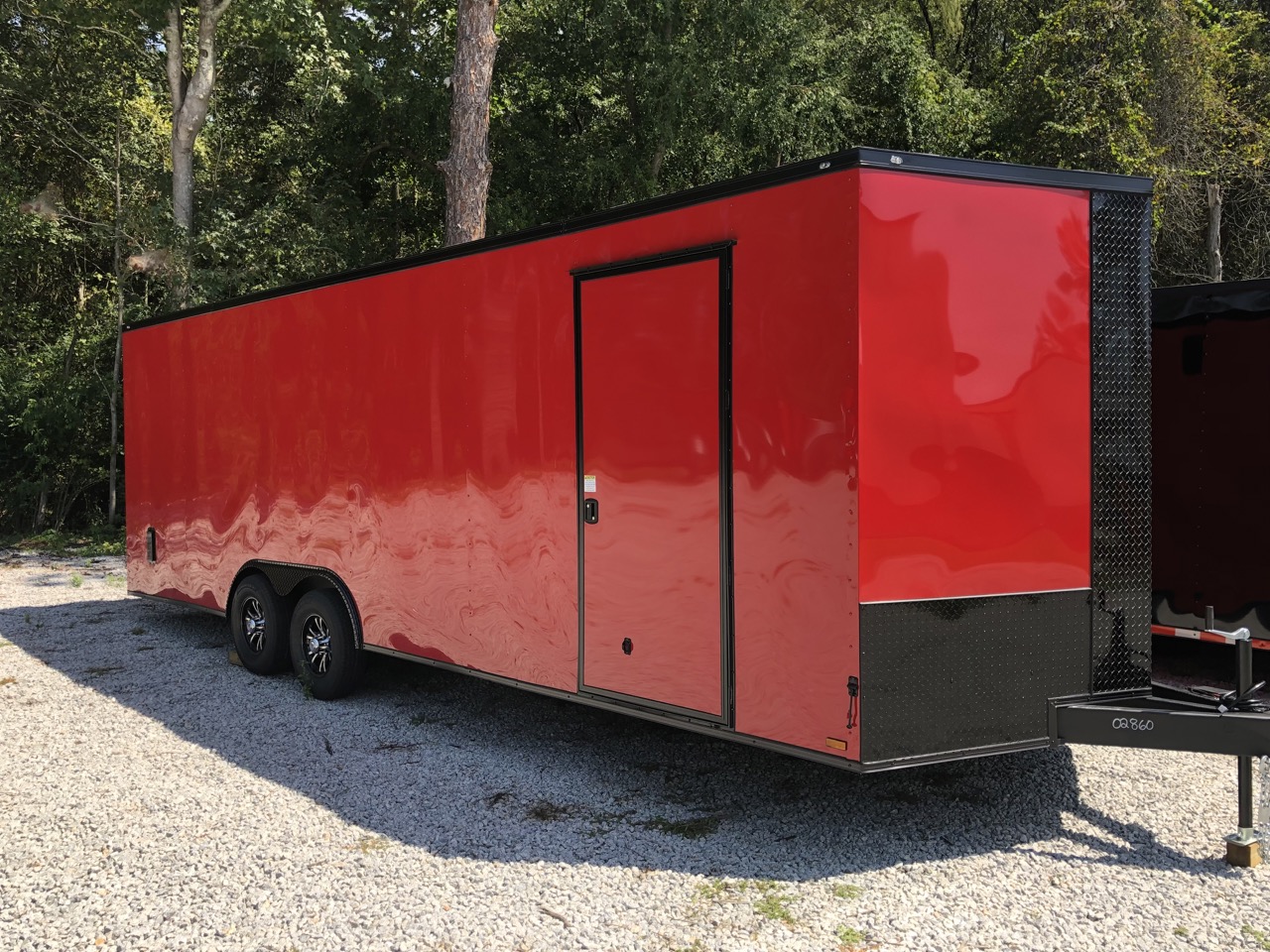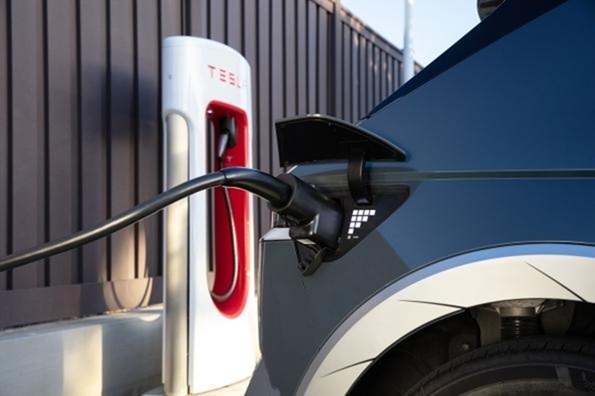
What Size Cargo Trailer Do You Need? A Quick Guide by Payload and Purpose
Choosing the right cargo trailer isn’t just about enclosed or open, steel or aluminum — one of the biggest decisions you’ll make is size. Too small, and you’ll constantly run out of space or risk overloading it. Too large, and you’ll spend more than necessary on fuel, tires, and maneuvering a trailer that’s bigger than you need.
The key to making the right call is to match the size of the trailer with what you’re hauling, how often you’re hauling it, and what vehicle you’ll be using to tow.
In this post, we’ll break down common cargo trailer sizes and what they’re best suited for — so you can confidently choose the trailer that fits your needs and your load.
Understanding Trailer Size Terminology
Cargo trailers are typically listed by width x length in feet. So a 6×12 trailer is 6 feet wide and 12 feet long on the interior floor. Most also list interior height, which can vary between standard (~6 ft) and extra-tall (~6.5–7 ft) depending on your needs.
Also important: GVWR (Gross Vehicle Weight Rating) — the total maximum weight of the trailer plus its cargo. Your vehicle must be able to tow at least that amount safely.
Small Cargo Trailers (4×6 to 6×10)
Ideal For:
- Light household moves
- DIY tools and supplies
- Small landscaping jobs
- Motorcycle or single ATV hauling
Payload Range: ~1,000–2,000 lbs
Towing Vehicle Needed: Small SUVs, minivans, mid-size pickups
These compact trailers are perfect for light-duty tasks. They’re easy to tow, maneuver, and store, and they won’t overload smaller vehicles. A 5×8 or 6×10 is great for contractors doing trim or electrical work, or for moving one or two large household items. If you’re on a budget or don’t haul regularly, this is often all you need.
Medium Cargo Trailers (6×12 to 7×14)
Ideal For:
- Small business equipment
- Lawn care setups
- Event vendors and trade show gear
- ATV/motorcycle + gear
- Larger DIY or remodeling projects
Payload Range: ~2,000–5,000 lbs
Towing Vehicle Needed: Full-size SUVs, half-ton trucks (F-150, Silverado 1500, etc.)
The 6×12 is one of the most popular sizes, offering enough room for tools, shelving, and equipment without being too difficult to tow. Step up to a 7×14 if you need to haul bulkier items, ride-on equipment, or want room to walk inside and work.
These trailers offer a great balance of capacity and manageability, and many come standard with tandem axles for added stability and weight capacity.
Large Cargo Trailers (7×16 to 8.5×20+)
Ideal For:
- Commercial contractors
- Furniture movers
- Mobile workshops
- Hauling multiple ATVs or motorcycles
- Enclosed car hauling (8.5’ wide and up)
Payload Range: ~5,000–10,000+ lbs
Towing Vehicle Needed: ¾-ton or 1-ton trucks (F-250, Ram 2500, etc.)
If you need serious space and durability, a large cargo trailer is the way to go. These are the go-to trailers for full-time contractors, business owners, or those transporting larger machines and loads on a regular basis.
An 8.5×20 or 8.5×24 trailer is commonly used for mobile workshops, moving large loads, or transporting a vehicle. Just keep in mind: they’re heavier, wider, and require more clearance and power to tow safely.
Height Considerations
Standard interior height on most cargo trailers is about 6 feet. If you’re taller than average or need to walk inside frequently, consider an extra-tall model (usually 6’6” or 7’ high interior).
Extra height is a must if you’re:
- Using it as a mobile workshop
- Transporting tall equipment
- Loading large shelving or standing displays
- Hauling motorcycles upright with handlebars
Don’t forget to check door opening height as well — taller items need room to enter and exit easily.
Axle Configuration: Single vs. Tandem
- Single Axle trailers are typically found on smaller sizes and are best for loads under 3,500 lbs. They’re lighter and easier to maneuver but limited in capacity.
- Tandem Axle trailers support higher weights and provide a smoother ride, especially for longer trips or uneven roads. You’ll find these on 7×14 trailers and up.
If you plan to haul heavy or frequent loads, a tandem axle is usually worth the extra investment.
Don’t Forget the Tow Vehicle
A trailer is only as good as the vehicle towing it. Before choosing a size, check your vehicle’s tow rating and tongue weight limits.
Example:
- Small SUV: ~2,000–3,500 lbs
- Half-ton pickup: ~6,000–9,000 lbs
- Heavy-duty truck: 10,000 lbs+
Overloading your vehicle can cause unsafe driving conditions, damage your transmission, and lead to costly repairs.
Final Thoughts
Choosing the right cargo trailer size is all about understanding your specific hauling needs and matching them to the trailer’s capacity, dimensions, and your tow vehicle’s limits.
Think through:
- What you’re hauling (tools, gear, machines, furniture)
- How often you’ll use it
- Whether you need to stand or walk inside
- If you’ll be upgrading gear in the future
Buying a trailer that’s just big enough — with maybe a little extra room to grow — is usually the best route. Go too small, and you’ll quickly outgrow it. Go too big, and you’ll spend more than necessary to tow and store it.
If you’re still unsure, walk through a few sizes in person and visualize your typical load. A few extra minutes of planning now can save years of hassle later. We recommend Idaho trailer sales.


